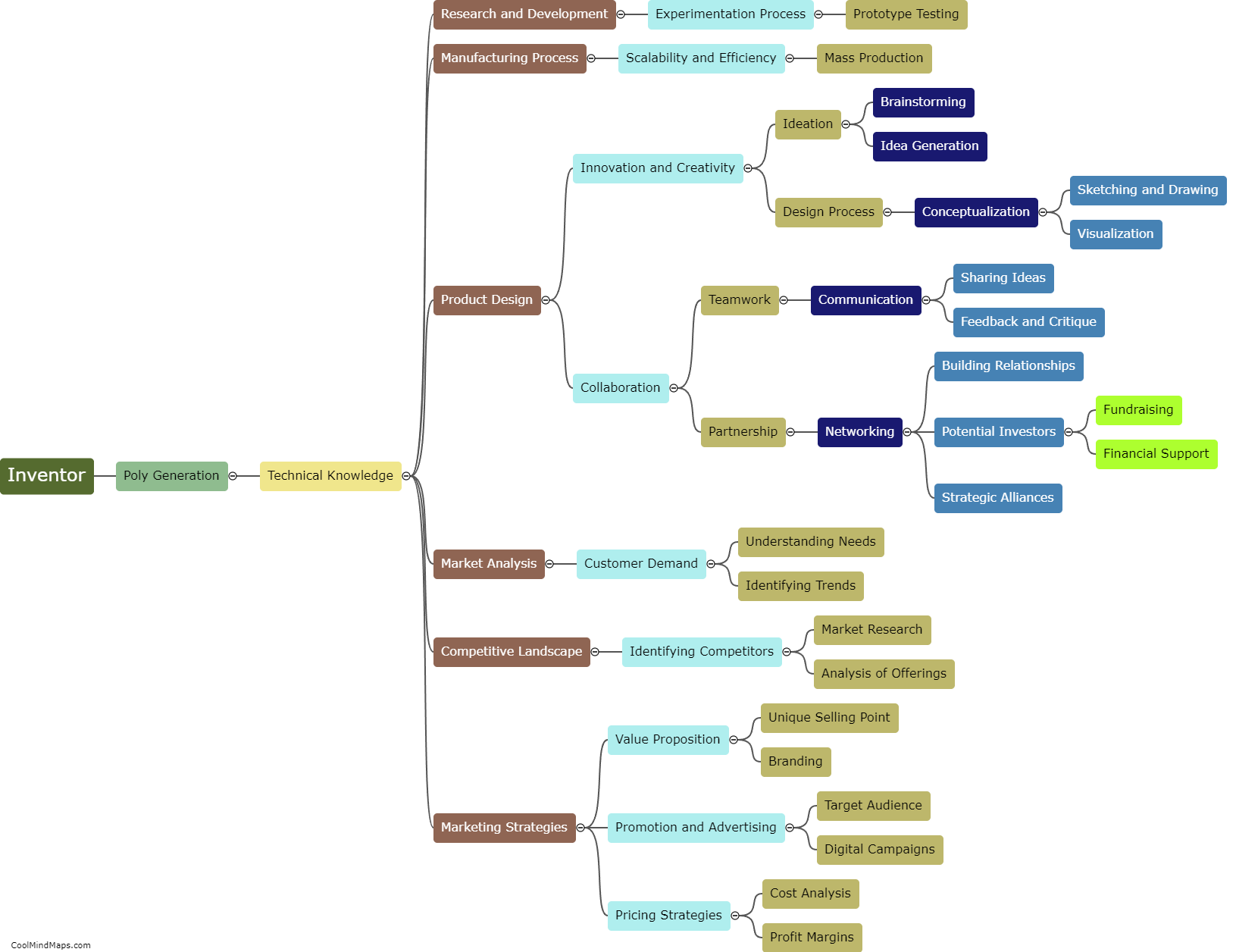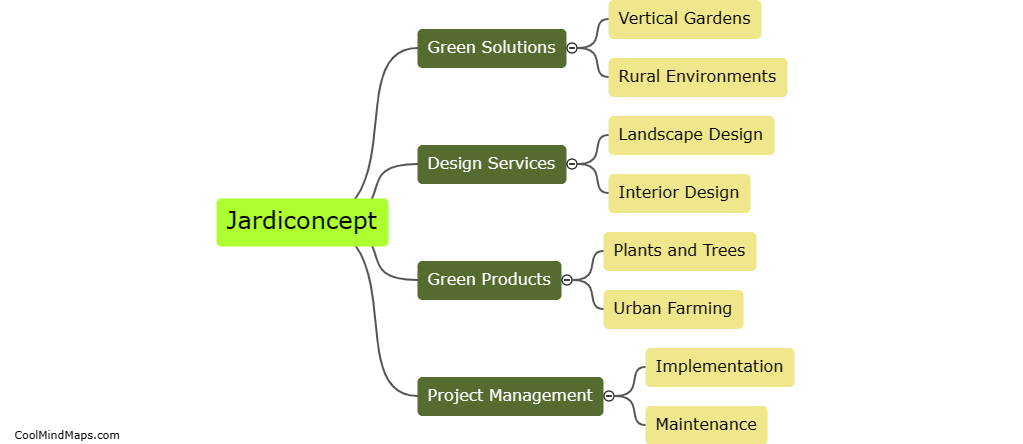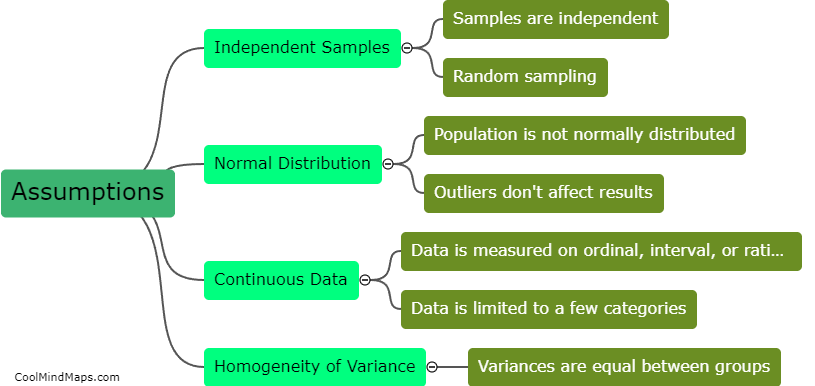How to minimize Type I and Type II errors?
When conducting research or making decisions based on statistical data, it is important to minimize Type I and Type II errors. Type I errors, also known as false positives, occur when a researcher or decision-maker rejects a true null hypothesis. On the other hand, Type II errors, or false negatives, occur when they fail to reject a false null hypothesis. To minimize these errors, one can consider several strategies. Firstly, controlling the significance level (alpha) can help reduce the likelihood of Type I errors by setting a stricter criteria for rejecting the null hypothesis. Secondly, increasing the sample size can decrease the chances of Type II errors by improving statistical power. Additionally, using appropriate statistical tests and ensuring accurate measurements can also contribute to minimizing both types of errors. Lastly, it is essential to regularly review and refine research methodologies and data analysis techniques to enhance the overall accuracy and reliability of results. By employing these approaches, researchers and decision-makers can mitigate the risks of both Type I and Type II errors, improving the validity and credibility of their findings.

This mind map was published on 13 October 2023 and has been viewed 99 times.











